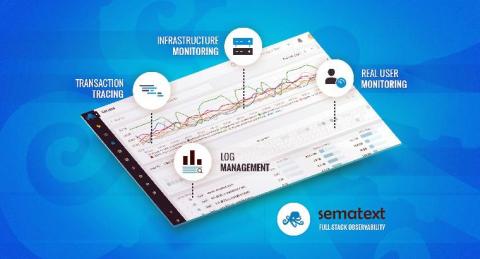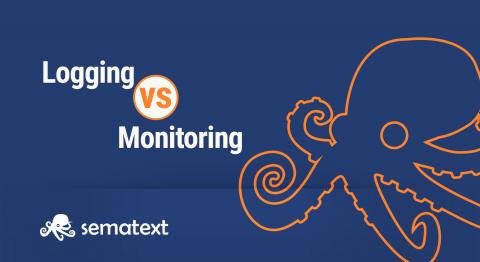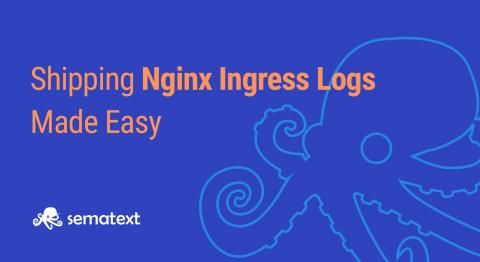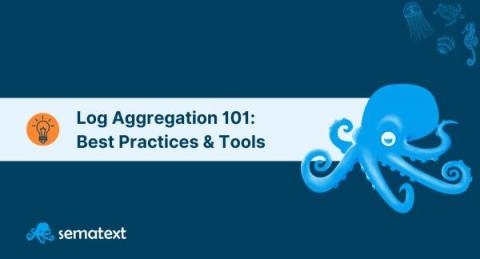Elastic Stack Features (formerly X-Pack) Alternatives: Free, Open Source, Commercial and Cloud Services Comparison
Elastic Stack Features (formerly X-Pack) is an Elastic Stack extension that bundles security, alerting, monitoring, reporting, and graph capabilities. One could use either all or specific components. People love Splunk. But not its price. So people are always on a lookout for a good Splunk alternative. Many of those people migrated from Splunk to ELK Stack or Hosted ELK Stack solutions like Logsene.











